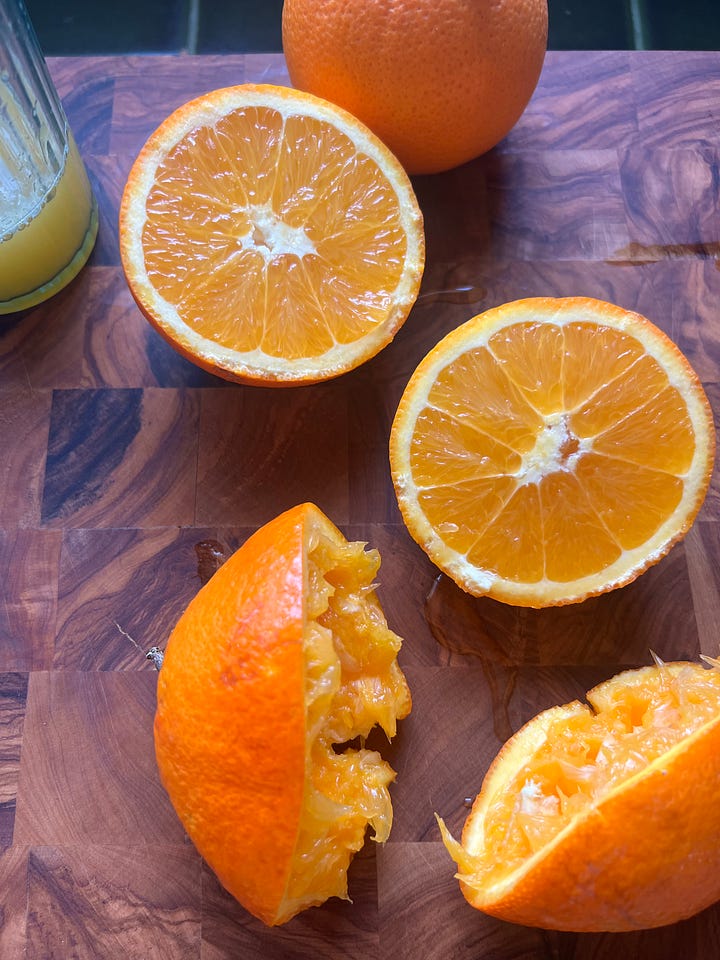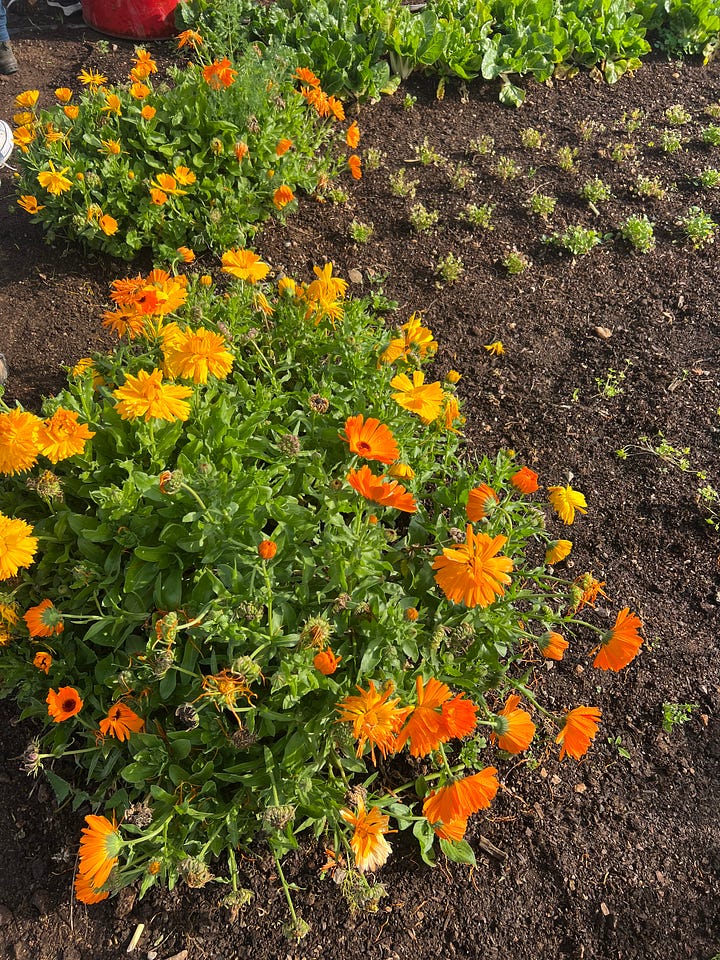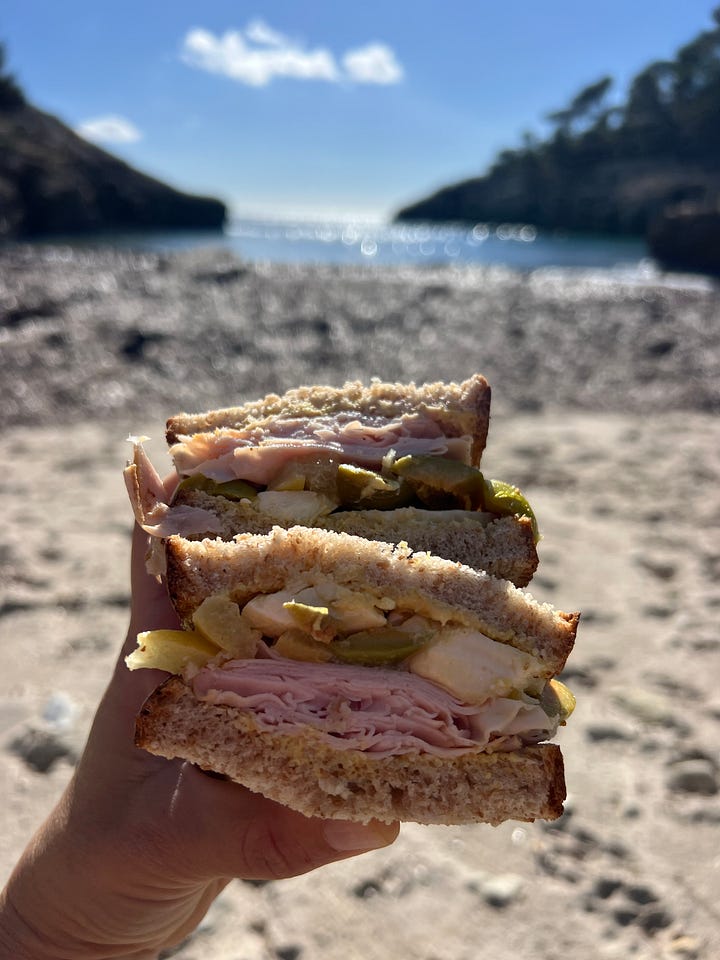If you told me a few years ago, when I was living in downtown Manhattan, that I would soon be living on a Mediterranean island in Spain, alone in the countryside without a person in screaming distance, taking a course in regenerative agriculture and half seriously contemplating living off the grid, I would have said, “Ha! That sounds crazy, but also what a dream.”
But it’s happening. Kind of.
Since I moved here (almost one year ago!), I have been wanting to learn more about farming here, as soil, weather and so on is different everywhere. I dream of my own small garden in a future home, and I’m also interested in general as I think understanding where our food comes from and how it’s grown is a natural extension of loving to cook.
I have been reading more about regenerative agriculture the past few years, so when I saw this course on regenerative farming happening for the first time here in Menorca, I was ecstatic! I might have been the first person to sign up, and, after telling both Carlos and Sergio who were running it how excited I was, one of them said, “We are so happy that you have so much enthusiasm for the course.”
Clearly, I needed to tone it down a little.


The course was held over two days at two different farms, both using slightly different regenerative farming methods so that we could see the differences. This is a simplistic explanation and I am by no-means an expert, but it is essentially a farming system that supports the growth and life of the microorganisms in the soil rather than disturbing them by turning over the soil and starting fresh every year/season. They don’t use pesticides, instead planting flowers or plants that will distract insects and predators.
As we learned, this way of farming, after the initial transition, is less work with higher yield than conventional methods (though there are some things that don’t work as well with this type of farming—like potatoes, we were told). One reason is that the soil is so rich in nutrients that you can pack the seeds close together as they won’t be competing for food—this also means it’s doable in small garden beds.
Look at these incredible oranges here—they taste like sweet sunshine! And the beautiful lettuce growing with the radishes.


Here are the flowers and then the tightly packed beets.


My biggest takeaway? Compost rules all. It helps with soil health and it retains moisture so that you don’t have to water as often. Fun fact: you can plant basil and citronella around your outdoor compost to keep the mosquitos away. Maybe also good to do around outdoor dining tables? It was an information overload that I am still processing and need to go through my copious notes and the WhatsApp messages from the group, but those were the highlights.
I felt extra tired because I had to focus to understand as it was in Spanish, leaving my brain exhausted. The voice note I left a friend in English after didn’t make a ton of sense as my brain was confused.
While I fantasize about being like cookbook author Diana Kennedy, living off the grid, I’m not about to do that (yet) or drive around the country alone learning about regional cuisines like she did (though that does sound quite appealing). I am going to start small, bit by bit, and see where it goes. First, I need to find a house to live in as the deadline for my current home is rapidly approaching. I guess we shall see what happens, right? (I sound chill, but I actually have low-grade/high-grade constant worry about this.)
For now, I will continue to make loads of preserved lemons and soon preserved oranges as the orange trees in the back of the house are ripening (they are a little delayed compared to others). And wait patiently for the wild artichokes to appear.
PRESERVED LEMONS!


I will leave you with those thoughts and my obsession with putting preserved lemons in anything that I can. The original recipe I learned from was in one of Paula Wolfert’s cookbooks, which is currently in a box in my mom’s garage, so I can’t actually share it with your or trace it down. They are super easy to make, and here is the non-recipe, loose version, though there are a ton of actual recipes online that you can use:
You need a ton of lemons, salt and a clean jar you can close. You slice the lemons into wedges or keep them intact at both ends, simply cutting into them as if you were about to cut them into wedges, adding salt on and into every fleshy, exposed surface and adding them to a jar, with a sprinkling of salt over each layer of lemons that you squish into the jar. Fill it with fresh lemon juice, close and keep in a sunny spot, turning over once a day for about a month. Then you can keep them in the fridge and enjoy! I eat both the soft rind, pulp and juice, but I find that homemade lemons are a tiny bit less intense than store-bought ones. So I would taste and see.
I have eaten them relentlessly:
In a pasta of sliced green olives, sliced scallions, lots of red-pepper flakes mixed with a little pasta water and soft goat cheese.
In a similar sandwich made up of green peppers, lots of mustard (both sides of the toasted bread slathered), a semi-hard cow’s cheese that tastes like non-artificial string cheese, turkey and a little spicy hot oil that I made.
A broccoli pasta where I cooked the broccoli head in the simmering pasta water until soft, then mixed it together with the chopped lemons, a spoonful of the lemon liquid and some parmesan and pasta water.
In rice cooked with spinach, a fresh bay leaf and chopped lemons added in.
Salads, of course, one with tuna and tomatoes.
I’ve chopped and added them to into omelettes, a squash soup with a tomato base (added both the lemons and the liquid) and into meatballs (so good!)





So glad you're doing this class. And thanks for the preserved lemons recipe. I've always been too intimidated to try making them. xoxo Liz
My mouth is watering Yasmin. It brings such joy to know you are learning about, and fully appreciating the joy that comes from working on the land and savoring produce you've grown and prepared to be savored at your table. What time is dinner? YUM! Congratulations.